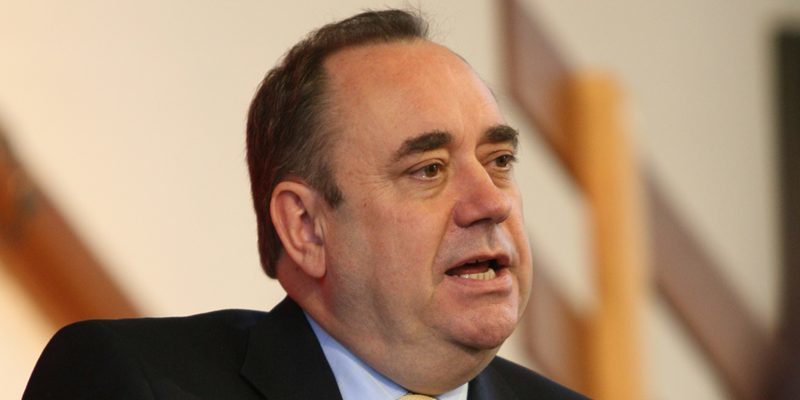Social work services and NHS Fife have reached agreement on the discharge of 10 patients from Lynebank Hospital who are deemed fit enough to return to the community.
Fife Council, over the past 20 years, has been working with its partners to try and ensure people with complex learning disabilities can live in the community rather than being long-term patients in hospital.
Since 1987 more than 500 people with learning disabilities from Glen Lomond and Lynebank Hospitals have taken up their rightful place in the community, and a huge amount of work has been done with long-term patients, their families and carers to consider their needs and where possible to provide different models of care and support.
The announcement of new care packages for 10 more people with complex learning disabilities has been hailed as good news by both Fife Council and NHS Fife, both of which are drawing up detailed care plans to ensure the transition is as smooth as possible.
Indicative costs of £700,000 for the discharge of five of the 10 patients have been acknowledged by both Fife Council and NHS Fife, although the total cost won’t be known until detailed needs assessments have been completed for all the patients involved.
Roseanne Fearon, head of adult services with Fife Council, said the changes will mean the patients will move from a hospital setting to staffed housing and with the use of new Telecare technology will be able to live more independently.
She explained, “The discharge programme, over four phases between 1987 to date, made sure that everyone had the opportunity to have the appropriate care and support as well as housing, leisure/recreation, day support/employment so that they could take up their place in the community and lead the lifestyle of their choice.Support”Some people have moved into their own accommodation, others to shared accommodation, others have moved back with their families with support and in some cases we have found new families to support those people who wanted to live in a family home and had no family themselves to support them.
“The future for someone being born today with a learning disability is very different no-one will live in a long-stay hospital.
“We are much clearer about what people need families as well as people with a learning disability to have the best lifestyle they can have in the community of their choice.”
Of the 10 patients involved, nine are currently on a community treatment order under the Mental Health Care and Treatment Act 2003.
Five were identified as ‘slow stream’ by NHS Fife and are likely to be supported back into the community through individual accommodation with a staffed core house supporting individuals.
This will give them the equivalent of individual support with shared staff support overnight, and will involve the likes of Telecare to help them ease into their new surroundings.
The remaining five have been in-patients at Lynebank for between nine months and 17 years and these patients will require significant care and support to allow them to be discharged into a community setting.
A clear care plan based on needs assessments will be drawn up for each patient before determining what new services are needed.
